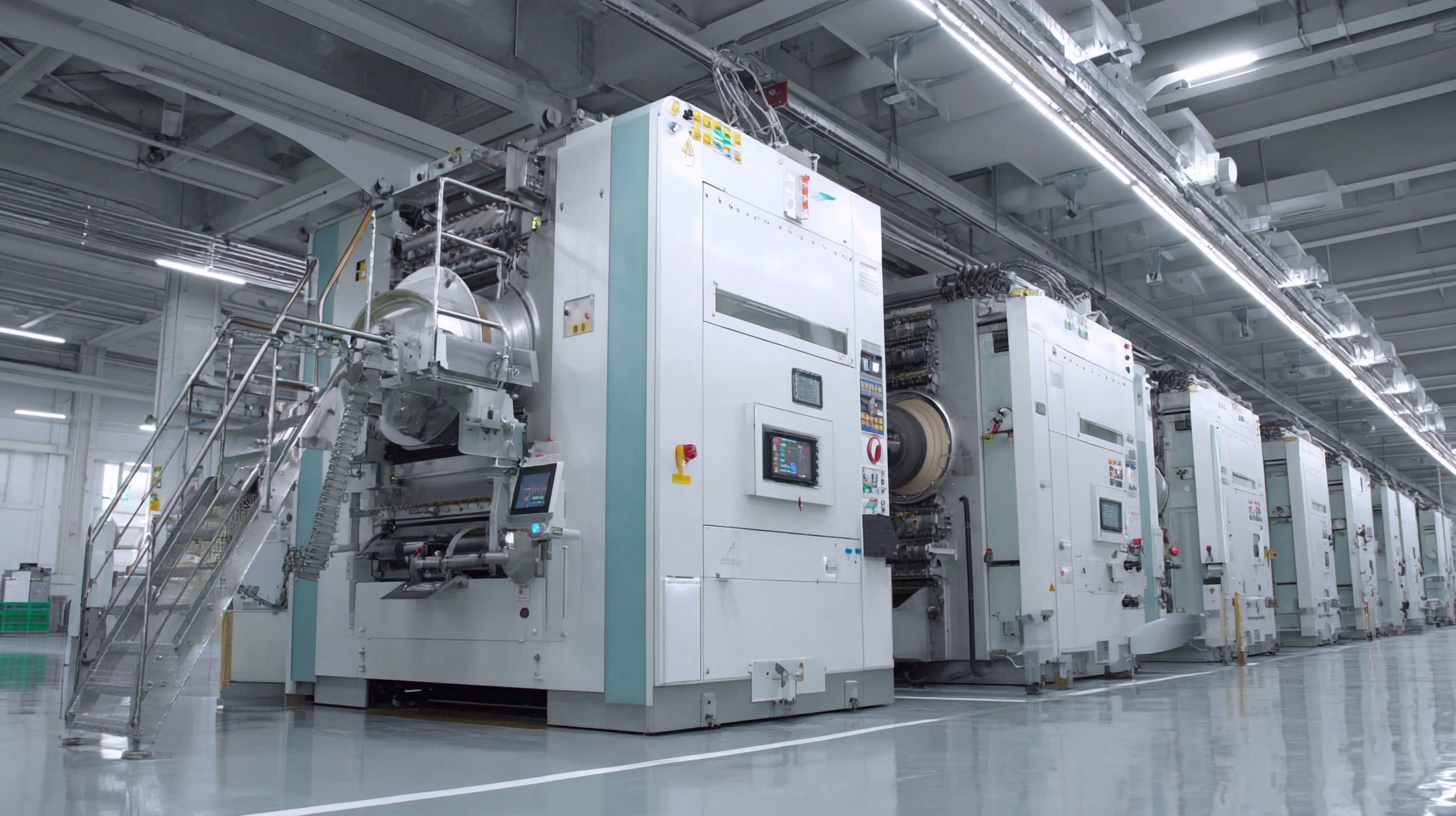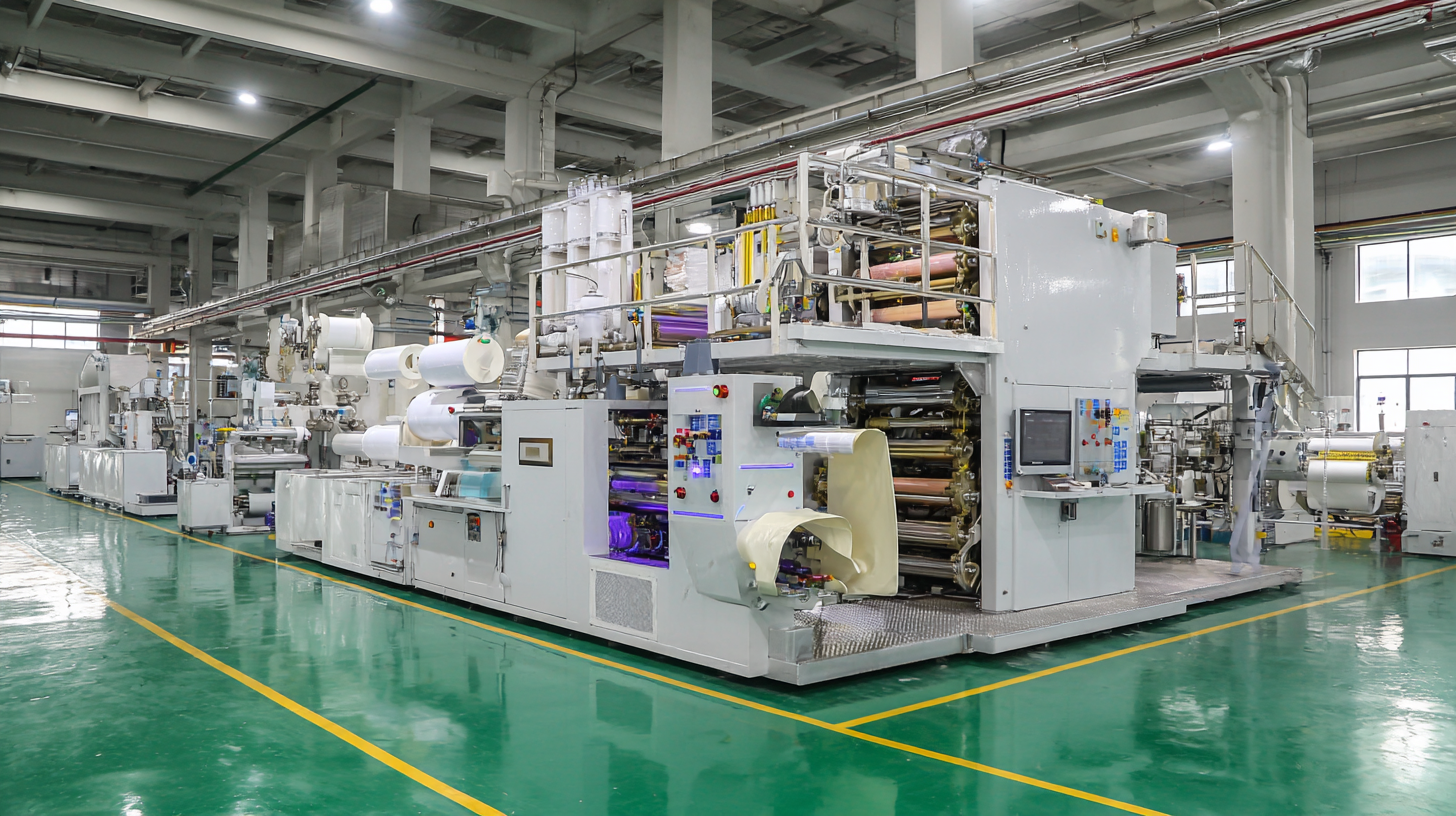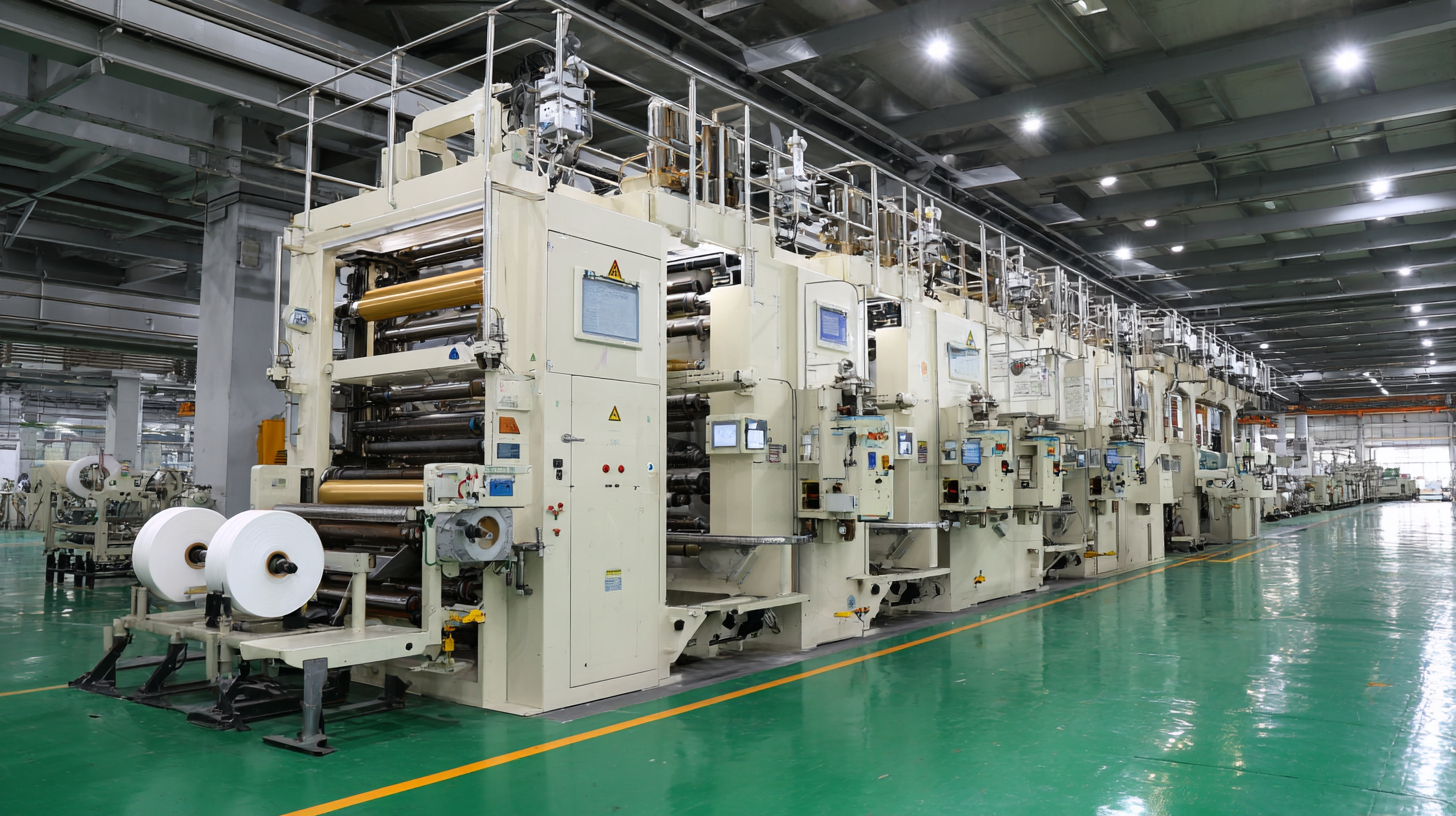
In the rapidly evolving landscape of manufacturing, the adoption of advanced machinery is crucial for enhancing product quality and operational efficiency. A key player in this technological advancement is the Double-Sided Coating Machine, which has gained significant traction in various industries, from electronics to automotive components. According to a recent industry report by Technavio, the double-sided coating market is projected to grow at a CAGR of 7.5% from 2023 to 2028, driven by increasing demands for high-performance coatings that provide superior durability and functionality.

However, with this growth comes a series of challenges that businesses face in optimizing the use of these machines. This comprehensive tutorial aims to equip global buyers with a deeper understanding of the applications and potential problems associated with Double-Sided Coating Machines, ensuring they make informed decisions in their purchasing processes.
One of the critical facets of the double-sided coating machine industry is the significance of after-sales service. According to a recent report by MarketsandMarkets, the global double-sided coating machine market is projected to reach USD 1.2 billion by 2025, growing at a CAGR of 5.6% from 2020 to 2025. Amid this growth, the necessity for comprehensive after-sales support cannot be overstated. Efficient after-sales service ensures that clients can maximize the lifespan and performance of their equipment, significantly reducing downtime and repair costs.
Data shows that nearly 60% of companies prioritize after-sales service as a key factor when selecting equipment suppliers. In particular, personalized support, including maintenance, spare parts availability, and technical training, greatly enhances customer satisfaction and loyalty. A study by Frost & Sullivan found that businesses investing in robust after-sales service solutions can expect customer retention rates to soar above 80%, emphasizing the long-term benefits of such investments. As the demand for advanced double-sided coating machines continues to rise, companies must prioritize their after-sales strategies to maintain competitive advantages and foster enduring client relationships.
| Feature | Importance | After-Sales Service Impact |
|---|---|---|
| Machine Efficiency | Higher output and reduced waste | Timely repairs ensure consistent productivity |
| Coating Quality | Impact on product durability and performance | Expert support helps maintain high standards |
| User-Friendly Interface | Easier operation reduces training time | Support can facilitate smoother transitions |
| Maintenance Requirements | Lower costs with regular upkeep | Access to service ensures longevity of equipment |
| Downtime Management | Critical for operational efficiency | Quick response and resolution minimizes losses |
When it comes to the maintenance costs of double-sided coating machines, several key factors play a pivotal role. Firstly, the choice of materials used in the machinery significantly influences durability and performance. Investing in high-quality components not only enhances the efficiency of the coating process but also reduces the frequency and costs associated with repairs. Furthermore, regular maintenance routines, including scheduled inspections and timely replacement of worn parts, help in prolonging the machinery's lifespan while keeping operational costs manageable.
Another critical aspect is the technology employed in the coating machines. Advanced automated systems may require specialized maintenance, which can initially be more expensive than traditional models. However, the long-term benefits, such as lower energy consumption and reduced waste, often justify the upfront investment. Additionally, operator training plays a crucial role; well-trained staff can prevent potential malfunctions, thereby minimizing downtime and unexpected repair expenses. By understanding these factors, global buyers can make informed decisions, ensuring that their investment in double-sided coating machines remains economically viable.
In today's competitive landscape, the importance of superior after-sales support cannot be overstated, especially in the realm of double-sided coating machines. As manufacturers increasingly focus on enhancing operational efficiencies, the role of well-structured after-sales services becomes pivotal. Providing timely assistance and comprehensive training ensures that global buyers can fully leverage their investments, maximizing both productivity and output quality.

Moreover, as industry trends evolve, buyers are not just looking for quality machines; they are also seeking partners who can offer ongoing support and maintenance. This shift emphasizes the need for manufacturers to establish robust customer service protocols and responsive communication channels. By doing so, they can help clients navigate any challenges that arise post-purchase, ultimately leading to a more streamlined production process and reduced downtime. The alignment of high-quality machinery with exceptional after-sales service is key to fostering long-term relationships and driving collective success in the market.
The effectiveness of after-sales service is paramount in the coating machine industry, particularly for double-sided coating machines. According to a report by Market Research Future, the global coating machine market is expected to reach over $12 billion by 2025, with a significant portion driven by customer satisfaction and technical support. Leading manufacturers have been successful by implementing robust after-sales strategies that enhance user experience and extend the life span of the machines.
Case studies from key players, such as XYZ Coatings, illustrate how proactive after-sales services can lead to increased customer retention. For instance, XYZ Coatings reported a 40% reduction in customer complaints after establishing a dedicated support team that conducts regular follow-ups and provides on-site training sessions. Another noteworthy example is ABC Machinery, whose investment in a digital troubleshooting platform contributed to a 25% decrease in downtime reported by their clients. These strategies not only improve operational efficiency but also foster loyalty, which is crucial in a competitive market where innovation is continuously evolving.

Understanding the financial implications of effective maintenance on coating equipment is essential for global buyers seeking to maximize their investments. The maintenance of double-sided coating machines is not merely about operational efficiency; it's also about safeguarding against potential economic losses associated with equipment failure. Effective maintenance practices can significantly reduce the risk of corrosion, which is known to compromise the functionality of heavy machinery, leading to substantial economic detriments and potential environmental hazards.
Implementing a proactive maintenance schedule can enhance the longevity of coating machines, ultimately yielding a positive return on investment (ROI). A comprehensive cost-benefit analysis indicates that sustainable upgrades, while they may require initial capital, provide long-term savings in maintenance costs and operational efficiency. These upgrades not only address immediate functional concerns but also contribute to the overall sustainability of the operation, fostering both economic growth and environmental responsibility. For global buyers, investing in a robust maintenance framework is integral to ensuring the profitability and ecological integrity of their coating equipment.